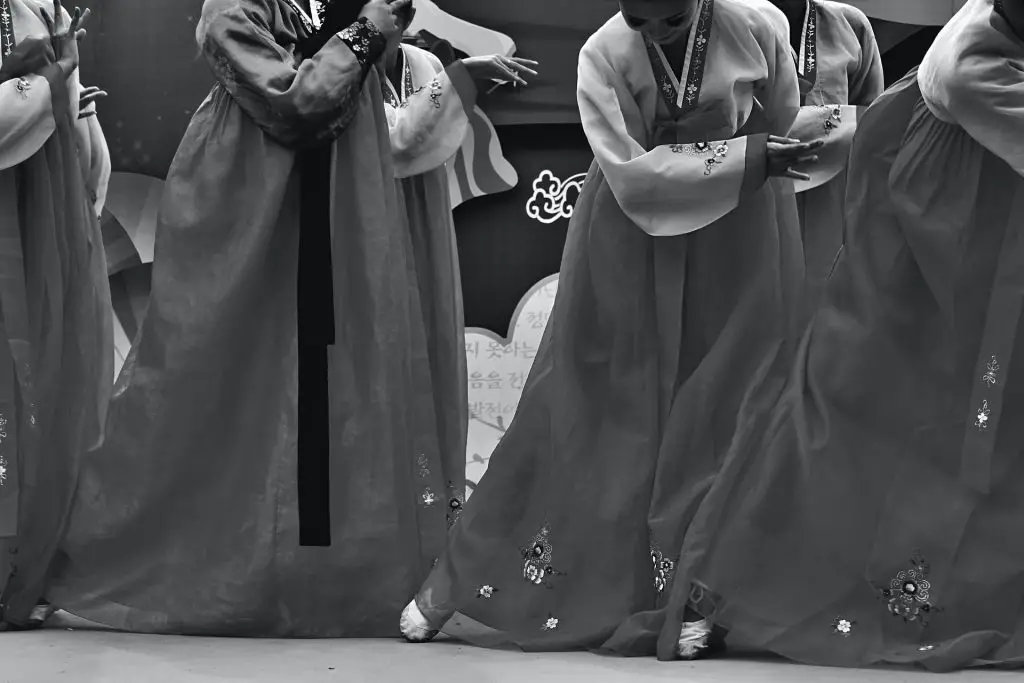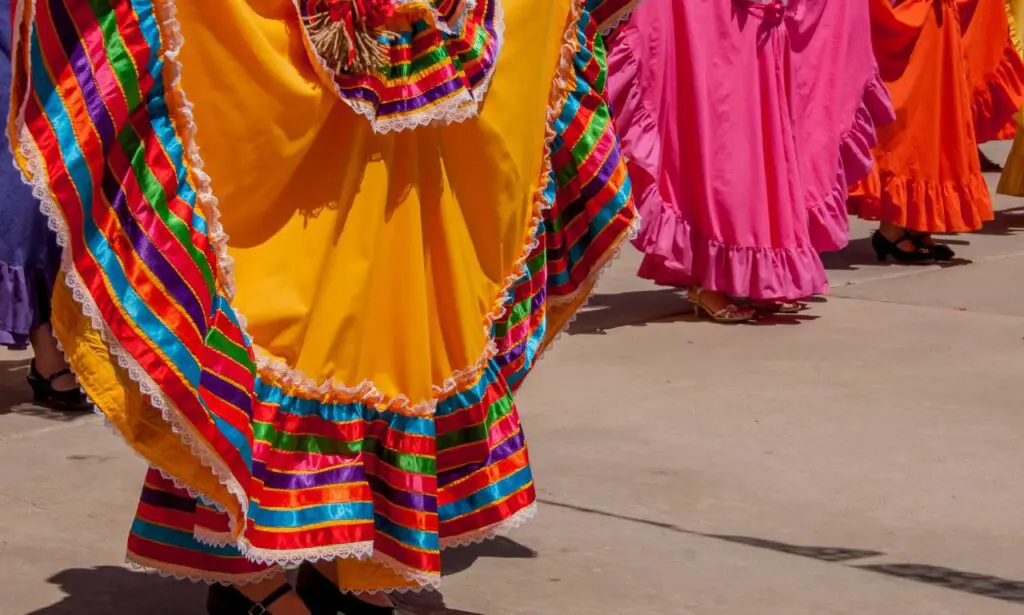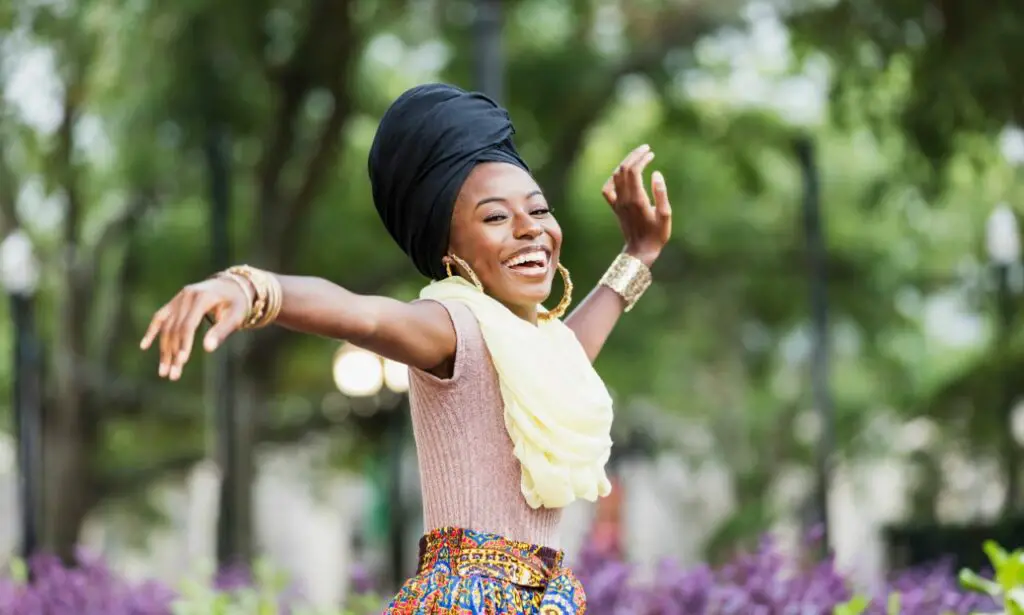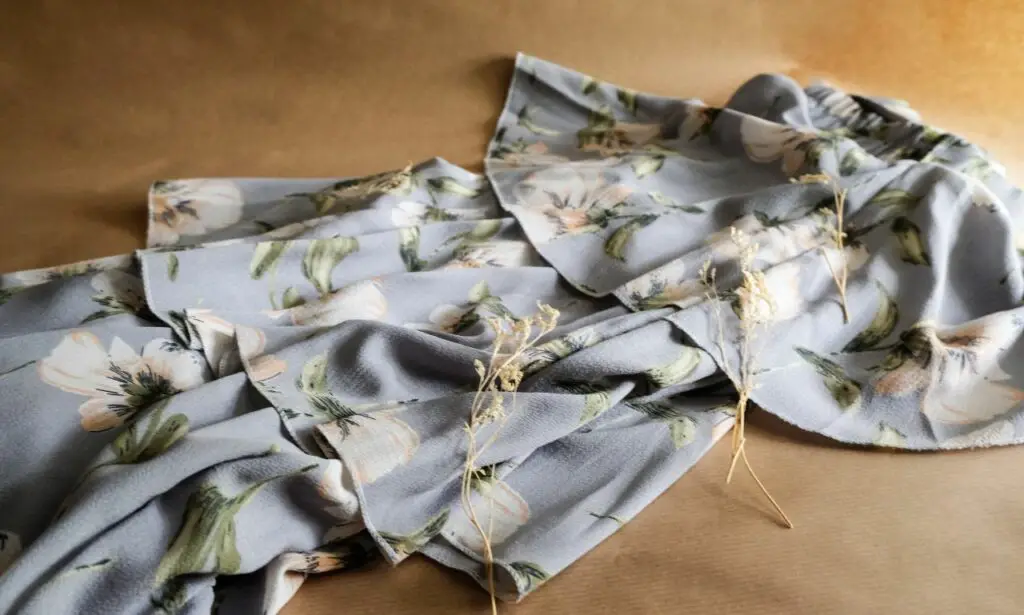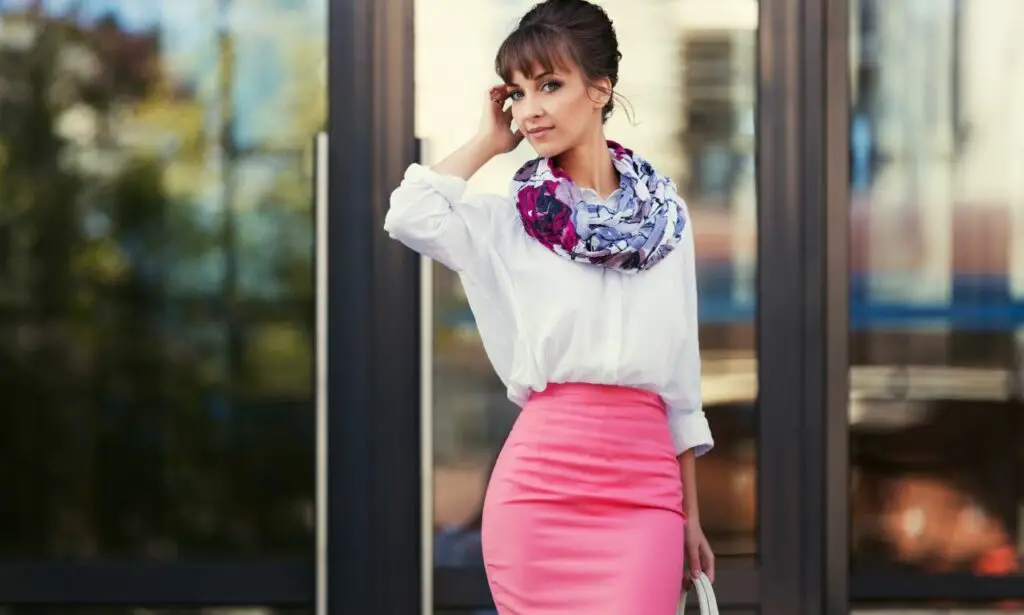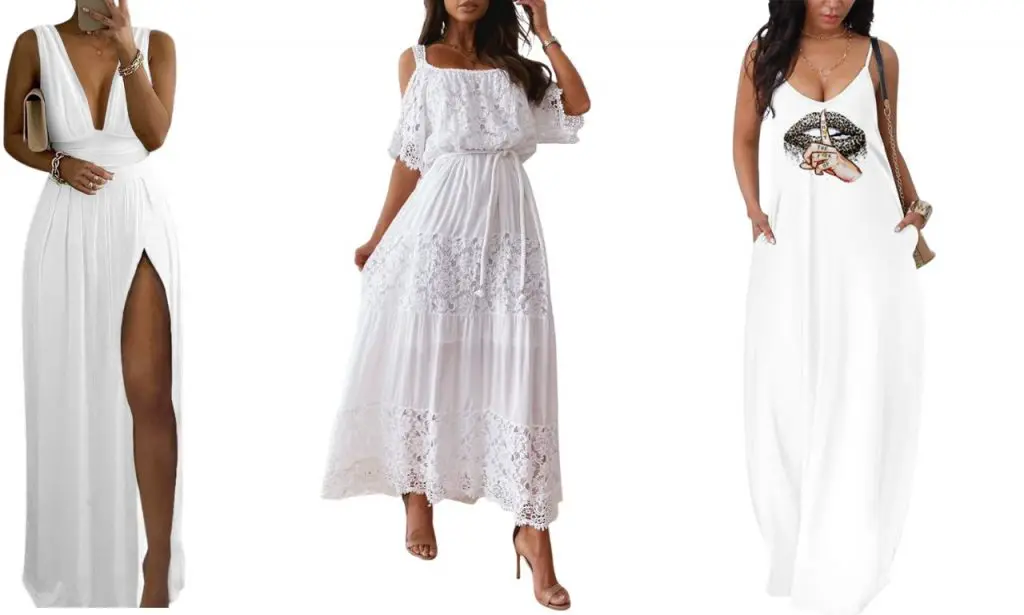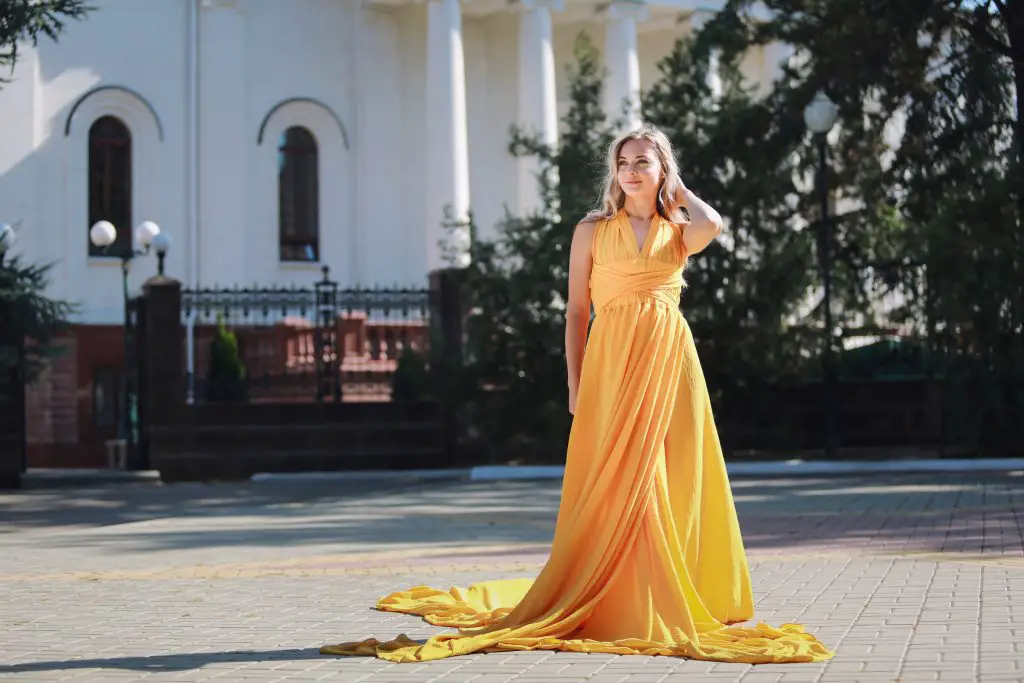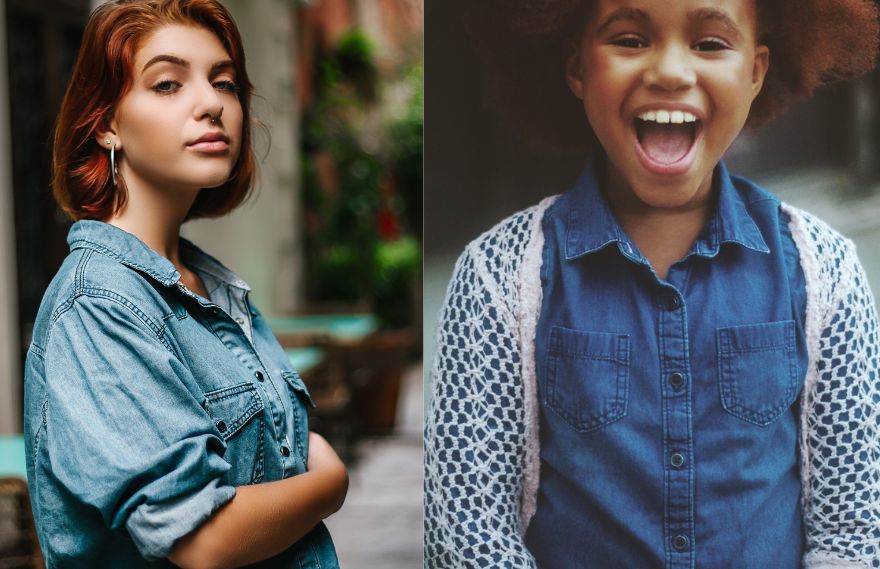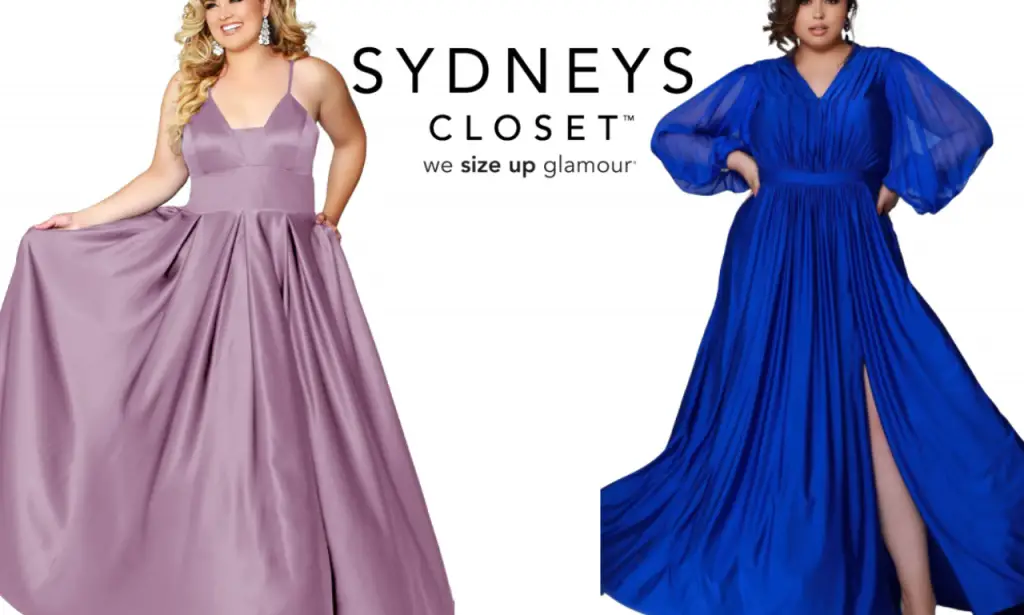After jeans and a t-shirt, the next most popular outfit in America right now is the maxi dress. The ankle-length, form-fitting dress is light on your body, comfortable and versatile, meaning you can wear it all year long. The fact that there are over 20 types of maxi dresses also explains why it’s so popular.
While the maxi dress looks like it just popped into the fashion scene, it has actually been there for quite a few decades. The first American maxi dress was designed by high-end fashion designer Oscar De La Renta in the 1960s and remained popular all through the 70s. However, when women began entering the business world, the maxi dress quickly got replaced by playsuits and miniskirts. It wasn’t until recently that this flowy dress made a comeback bigger and better, and it seems like it’s here to stay.
Want to know what’s more interesting about the maxi dress, though? It wasn’t actually invented or originally designed by Oscar de la Renta. If you look at American, African, and even Asian traditional attires, you will notice the maxi dress taking center stage. It may not have been fancy as it is today, but maxi dresses have always been there, even before the term “Fashion” became part of humanity.
Even more interesting is that the traditional aspect of the maxi dress still remains in some parts. Asians and Africans, for example, haven’t allowed their traditional outfits to be influenced by western culture. The maxi dress has also become part of religious culture, primarily Islam and Hinduism, because of its modesty.
So, without further ado, let’s look at different maxi dresses found around the world and their meaning.
Muslim Abaya
It’s no secret that the Islam religion is very strict on dressing, especially where women are concerned. An Abaya is a big part of Muslim culture, and it’s basically a tunic-like garment that covers the woman’s body from neck to toes. According to the rules of God, the Abaya is supposed to cover the female body completely, so it has long sleeves and a religious purpose. It’s also darker in color and has zero to very minimal decorations.
Islam women wear the Abaya on top of other clothes so you can have a lighter dress or petticoat underneath, or trousers if you are in non-Muslim countries. This cover is mostly worn when going to the mosque or religious gatherings, but you can wear it anytime. You also wear an Abaya together with the hijab, which covers the head and neck. Like the men’s Kurtah, an Abaya can have pockets like today’s maxi dresses.
Indian Kaftan
The kaftan has to be the world’s most exquisite maxi dress, which has also grown in popularity among non-Islam and non-Asian women. As you can tell from its embellishments, the kaftan dress has its origins in Asian countries, specifically Indians. It is made of light materials like chiffon or silk, and it is covered with decorations of every kind.
The kaftan also has a waist definition and a very elegant neckline, unlike the Muslim Abaya. You can wear it with a belt, but most of them are already cinched at the waist and well defined to accentuate a woman’s figure. The dress is also quite colorful, and you will have difficulty finding any dark-colored kaftans anywhere. This elegant and royal-like maxi dress can be worn any day, but women wear it to weddings, parties, and anywhere they want to impress.
Ethiopian Habesha Kemis
When it comes to beautiful traditional dresses, few can beat the beauty and elegance of the traditional Ethiopian and Eritrean dress known as Habeshi Kemis. Habesha is a population group that lives in the highlands of Eritrea and Ethiopia, and their women have beautiful and curly hair.
This long dress with a colorful bodice and sleeves is made of a cotton fabric called Shemma. The Shemma is a 90cm fabric woven into long strips that are then sewn together to create that elegant effect. It takes about three weeks to weave and sew together enough fabric for the dress.
The dress is usually decorated with embroideries on the neck area, wrists, bottom, and middle. Ethiopian women wear it to formal and special occasions and tie a light shawl or scarf known as netela around the shoulders or waist. When wearing the dress to special occasions such as weddings, going to church and Christmas parties, these gorgeous women also wear a hairstyle with Habeshas braids called Albaso and plenty of gold jewelry.
The Habesha Kemis is still worn by women in the Ethiopian and Eritrean diasporas worldwide, including by women from the Jewish Ethiopian diaspora in Israel.
Japanese Kimono
Another easily recognizable form of the traditional maxi dress is the Japanese kimono. This simple, straight-seamed outfit is wrapped left side over right around the body, and then secured with a sash known as an obi. The garment has huge square arms, and you can pull back the collar to expose the woman’s neck or adjust the kimono’s height.
The wrap style of this garment is by design to allow ease of movement, especially since most Japanese activities are done sitting down. We assume this was the inspiration for today’s wrap-style maxi dresses. The kimono has also inspired kimono-like cover-ups worn today with bikinis or jeans, but you can wrap the sides together and make it a dress.
While modern society is very familiar with kimonos, the Japanese don’t wear them daily anymore. Instead, they reserve them for special occasions like the Shichi-Go-San Festival, Tanabata, and weddings.
Hindu Sari
Speaking of garments that are well known globally, the Indian sari is a classic form of a maxi dress. Saris and Abayas are among the very few religious attires still worn in the 21st century since most people moved to western dressing a while ago. And while women only wear Abayas for religious activities, saris are an everyday attire in countries like India, Bangladesh, Nepal, and Sri Lanka.
A sari, also known as a saree, is a long (usually seven yards) brightly-colored silk or synthetic fabric wrapped around a woman’s body. Hindu women wear a short blouse and a petticoat underneath and then fold and tuck the sari garment at the waist to form a long skirt while one end is left hanging on the shoulder. Today’s saris leave the stomach area bare and part of the neck and arms, allowing women to wear jewelry and adornments.
African Ankara Maxi Dress
As you may know, a lot of traditional African attires were basically cloaks and sisals that you can’t find anywhere today. The maxi dress that’s originally African but not traditional is Ankara. You will find these dresses mostly in western Africa, but other parts of the continent wear them on special occasions like weddings and parties.
The beauty of Ankara fabric is undeniable, and since the fabric is cotton, you are assured of all-day comfort no matter the weather. The best thing about Ankara maxi dresses is that you can have them in any modern maxi dress design from sleeveless, halter, high-low, slit on the front, and anything you can think of.
Real African women don a long scarf across their body when wearing Ankara maxis or an elaborate head scarf. And if you want a dress with pockets, there’s nowhere better to put them than on an Ankara gown. The dress also goes well with any jewelry and high heel shoes.
Bhutanese Kira
There’s a lot that people don’t know about the country of Bhutan, such as it being carbon negative and having untouched landscapes. However, people may be familiar with their textile, which is distinct and sophisticated thanks to the unique weaving techniques and colors. The weavers of these beautiful fabrics are women who are brilliant wealth creators and innovators.
If you meet the women of Bhutan, you will notice they have a uniform attire known as a Kira. Kira is the national dress of a woman in Bhutan, and all Bhutanese women must observe that dress code in public during the day.
Kira is a large, rectangular fabric wrapped around the body, fastened at the shoulders with ornate silver or gold brooches, and belted tightly by a Kera. The women also wear a blouse underneath the Kira and a jacket on top called Tego.
Kira is made of cotton, silk, or a hybrid of different threads. Though the attire is draped and worn the same way, the fabrics are all different colors, so the entire country is not in uniform. When meeting senior personalities or religious leaders, women wear a Rachu, a scarf draped around the shoulder to show reverence.
Vietnamese Ao Dai
Vietnamese national dress, the áo dài, is a striking symbol of beauty and elegance, even winning the best national costume awards. The name áo dài loosely means ‘the long dress’, and it has a contoured top and flowy bottom that falls over loose-fitting trousers. This Vietnamese maxi dress has a high neckline and is split at the sides from the waist down to make movement easy and comfortable.
Though the áo dài is meant for both men and women, it’s mostly worn by women on important occasions like weddings, funerals, and other ceremonies. Recently, women have started wearing the dress every day, even when there is no occasion. Ao dai has come a long way since it was first introduced in 1744, and it’s now more flattering to a woman’s figure and highly embellished with ornaments and decorations.
The color of one’s áo dài usually indicates age and status, with younger women wearing white for purity and youthfulness and older women donning rich, stronger shades. Blue, purple, and brown are preserved for worship and ritual ceremonies.
Chinese Qipao
Like Indian, Muslim, and Vietnamese women, Chinese ladies are known for their distinct dresses known as Qipao or Cheongsam. The long tight-fitting mandarin gown is traditionally made of embroidered silk and features a high cylindrical collar with delicate buttons and side slits.
The Qipao version we are familiar with today is, however, very new in the scene. In the late 1600s, the Manchurian people who ruled china distinguished themselves from civilians by wearing long, loose-fitting gowns known as qipao. These gowns would hide a woman’s body from neck to ankles, but they had slits on either side to allow easy movement. Because of this, the women wore trousers to cover their legs.
Decades later when the imperial rule collapsed, western ideals took over China and advocated for women’s freedom from patriarchy and unnecessary traditions. As women rose up in different positions, they revolutionized the qipao to become more form-fitting and elegant and got rid of the trousers.
Today, all women in China are allowed to wear the qipao every day, but no rule says you must wear one.
Namibian Herrero Dresses
To close this series is a historical, pain-packed dress worn by the Herero women of Namibia. The dress is a reminder of the tribes’ painful past, where German colonialists wiped out over 80% of their population. Though the dress was originally forced upon the Herero women by German missionaries, it has since become a point of pride for the community, if not a painful reminder.
When Namibian warriors killed a German soldier, he would take the soldier’s uniform and wear it as a badge of honor. The women of Herero did the same thing with their dresses, symbolizing that they survived that painful period.
The Herero dress is a Victorian-style, floor-length gown with colorful, vibrant patterns and several petticoats underneath to create a wide, structured outfit. To top off the attire, these women wear a horn-shaped hat because the Herero people are historically cattle breeders.
While you are allowed to wear the dress daily, most Namibia women only wear them for special celebrations. Their everyday attire is mostly what westerners wear, including jeans and t-shirts, normal maxi dresses, and skirts.
Final Thoughts
As you can see, the maxi dress has come a mighty long way to be the beloved staple it is today. We are glad the modern maxi dress is lighter and more comfortable than most traditional dresses here, and it’s also much more versatile. So which traditional maxi dress is your favorite?
The first maxi dress in America was designed in the 1960s by Oscar De La Renta. However, history shows that other nationalities had the maxi dress long before that in different prints and designs. The maxi dress we know today went into recession around the 70s and then came back better around the 21st century.
It is mistakable said that Maxi Dresses were invented in the 1960s. In fact, they were worn for decades by women from all over the world for centuries before.
Traditional maxi dresses from Africa and East Asia are today worn on special occasions only. However, you can wear modern maxi dresses every day for any casual destination. Maxi dresses are appropriate for weddings, running errands, parties, lunch dates, and even family gatherings.

